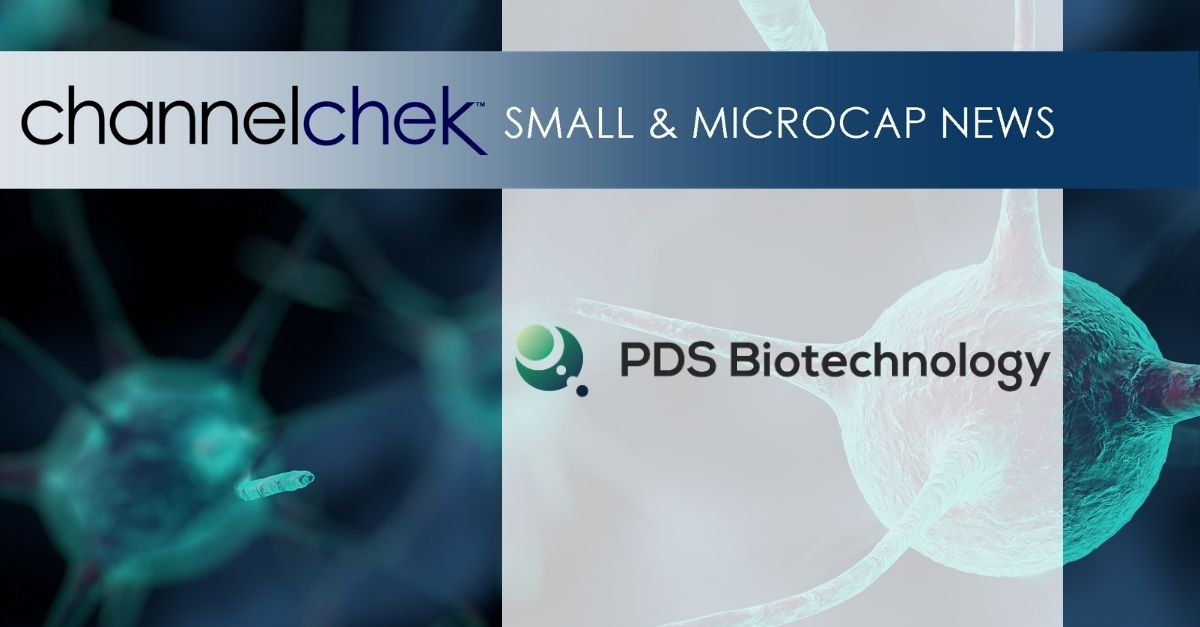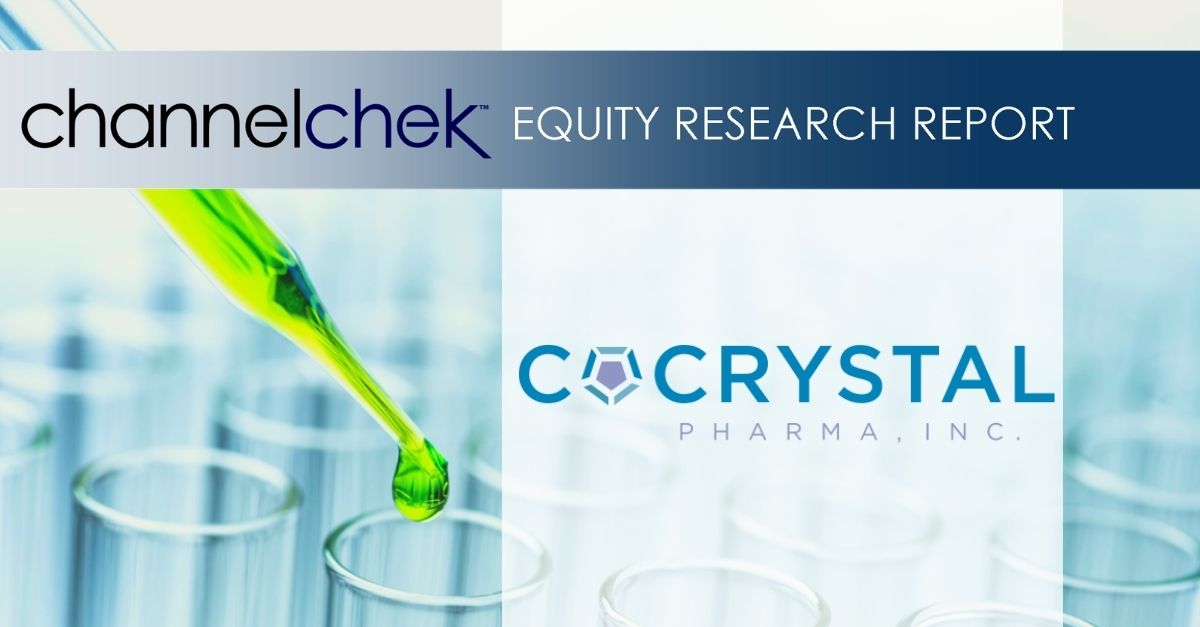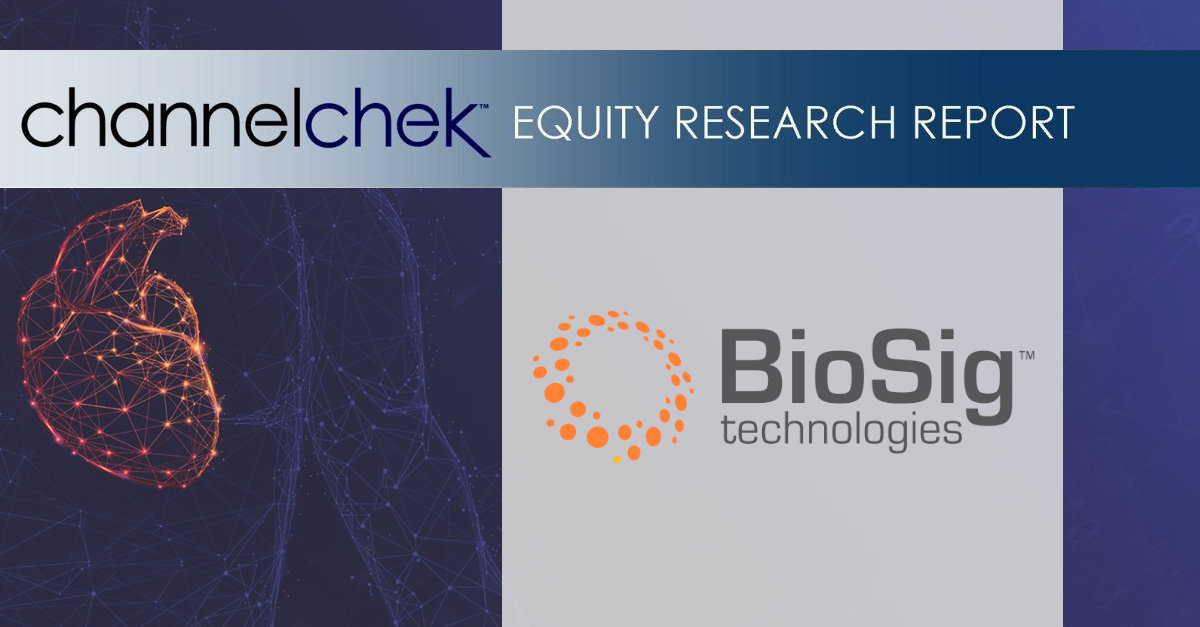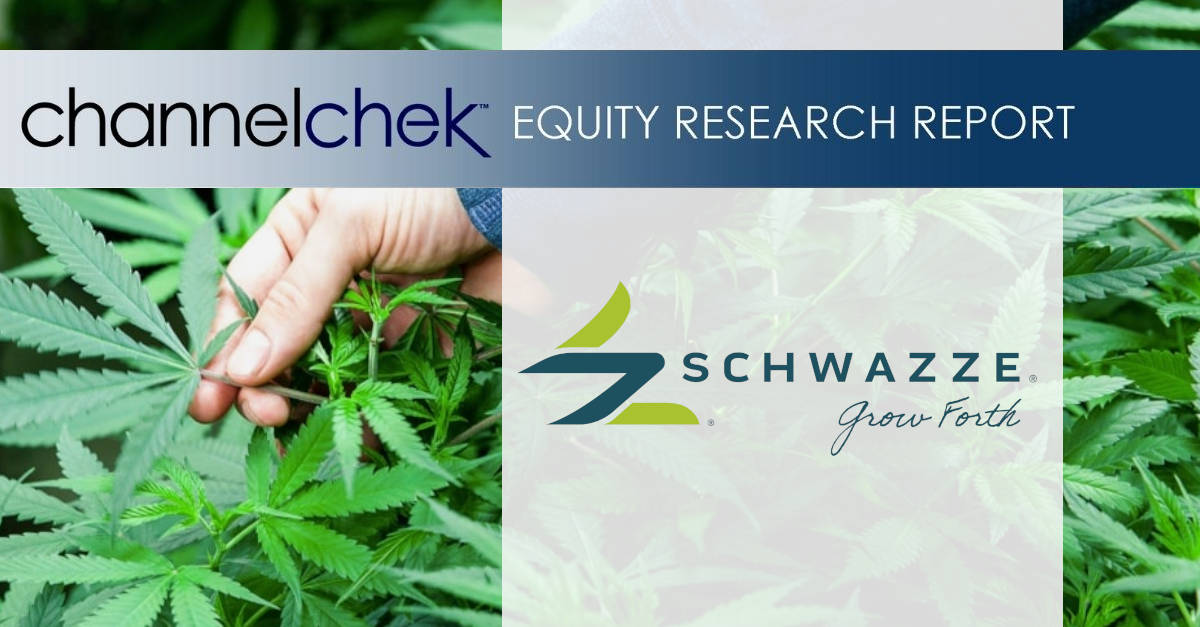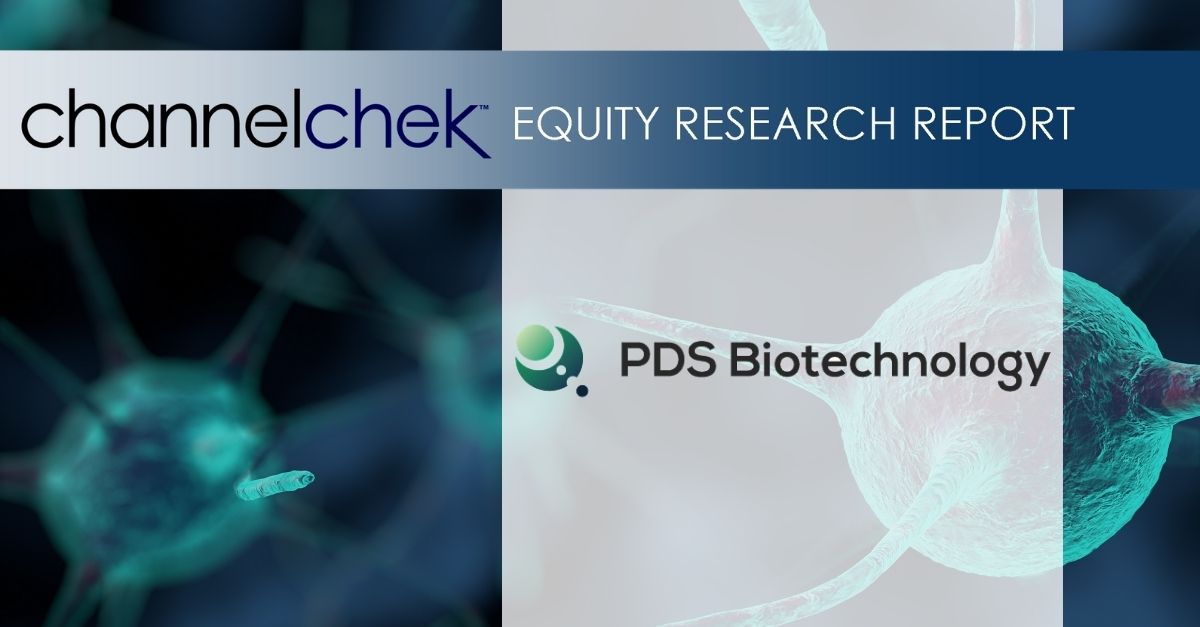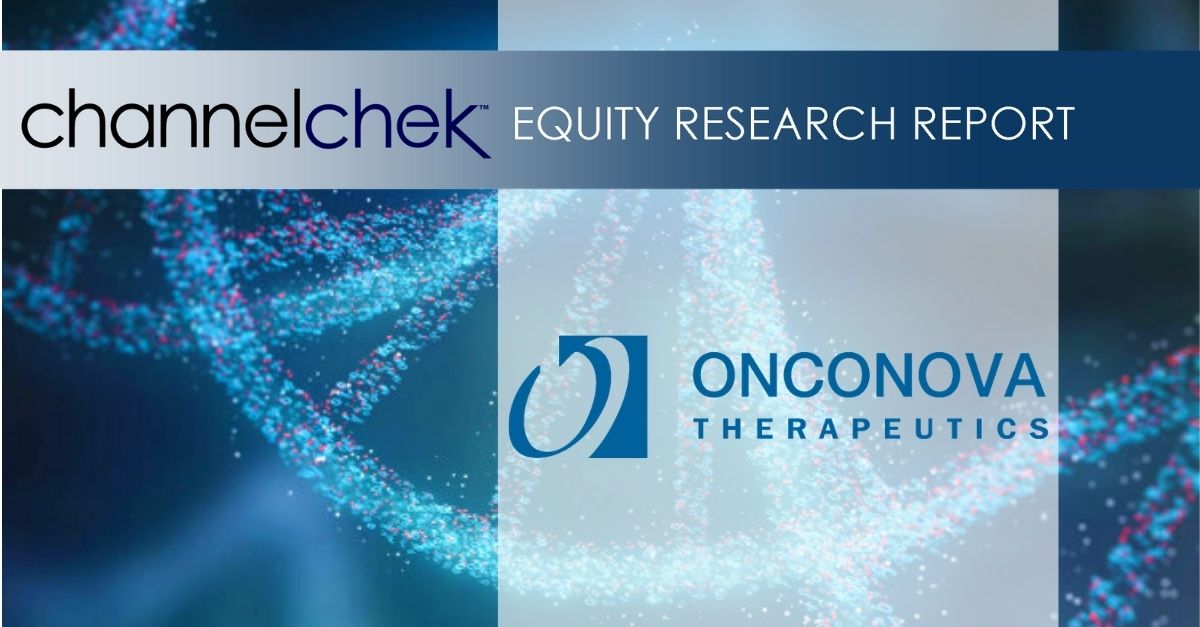
Research, News, and Market Data on SHWZ
November 23, 2022
NEO: SHWZ
OTCQX: SHWZ
Grand Opening Event Scheduled for Wednesday, November 23rd
DENVER, Colo., Nov. 23, 2022 /CNW/ – Schwazze, (OTCQX: SHWZ) (NEO: SHWZ) (“Schwazze” or the “Company”), a premier vertically integrated, multi-state operating cannabis company with assets in Colorado and New Mexico, announces the grand opening of its adult-use dispensary, R.Greenleaf, located in Sunland Park, New Mexico. The new store, located at 1541 Appaloosa Drive in Sunland Park, officially opened its doors for business on November 22nd. Thanksgiving Day the store will be open from 10a to 4p. Regular store operating hours are 8a to 10p Monday through Saturday; 8a to 8p on Sunday.
The Sunland Park store opening continues the intentional expansion throughout the state of New Mexico and comes on the heels of the store openings in Ruidoso and Clovis within the last 60 days. This brings R.Greenleaf’s number of New Mexico retail dispensaries to a total of 13. All locations serve the needs of medical patients as well as recreational adult-use consumers.
“This week in particular, Schwazze gives tremendous thanks to be contributing to the Sunland Park community and to serve its residents. We are very grateful to add our third R.Greenleaf retail dispensary in New Mexico within the last two months and since adult recreational cannabis was legalized in New Mexico on April 1st,” said Steve Pear, New Mexico Division President for Schwazze. “R.Greenleaf offers a wide variety of quality products serviced by top-notch, knowledgeable staff.”
Grand opening product specials and promotions are already in full swing with multiple flower pack offers, pre-rolls, gummies, chocolates, and distillate vaporizer cartridges. Introductory pricing will be offered through November 30th to provide patients and recreational customers special savings on a variety of product forms based on individual needs and preferences.
A grand opening celebration will be held today, Wednesday, November 23rd beginning at 12 noon and running until 6p. Swag bags will be available to the first 50 shoppers featuring a water bottle, rolling papers and other R.Greenleaf gear, with one lucky customer receiving a 50% discount coupon. DJ Sonya G will be on site during the event to provide tunes for all in attendance, and the Sunland Park BBQ Company will provide free food for the first 50 customers making a purchase.
Sunland Park Store Location
R.Greenleaf
1541 Appaloosa Drive
Sunland Park, New Mexico 88063
Grand Opening Celebration
Wednesday, November 23rd
12 noon to 6p
Since April 2020, Schwazze has acquired, opened or announced the planned acquisition of 38 cannabis retail dispensaries as well as seven cultivation facilities and two manufacturing plants in Colorado and New Mexico. In May 2021, Schwazze announced its Biosciences division and in August 2021 it commenced home delivery services in Colorado.
About Schwazze
Schwazze (OTCQX: SHWZ) (NEO: SHWZ) is building a premier vertically integrated regional cannabis company with assets in Colorado and New Mexico and will continue to take its operating system to other states where it can develop a differentiated regional leadership position. Schwazze is the parent company of a portfolio of leading cannabis businesses and brands spanning seed to sale. The Company is committed to unlocking the full potential of the cannabis plant to improve the human condition. Schwazze is anchored by a high-performance culture that combines customer-centric thinking and data science to test, measure, and drive decisions and outcomes. The Company’s leadership team has deep expertise in retailing, wholesaling, and building consumer brands at Fortune 500 companies as well as in the cannabis sector. Schwazze is passionate about making a difference in our communities, promoting diversity and inclusion, and doing our part to incorporate climate-conscious best practices.
Medicine Man Technologies, Inc. was Schwazze’s former operating trade name. The corporate entity continues to be named Medicine Man Technologies, Inc. Schwazze derives its name from the pruning technique of a cannabis plant to enhance plant structure and promote healthy growth.
Forward-Looking Statements
This press release contains “forward-looking statements.” Such statements may be preceded by the words “plan,” “will,” “may,” “continue,” “predicts,” or similar words. Forward-looking statements are not guarantees of future events or performance, are based on certain assumptions, and are subject to various known and unknown risks and uncertainties, many of which are beyond the Company’s control and cannot be predicted or quantified. Consequently, actual events and results may differ materially from those expressed or implied by such forward-looking statements. Such risks and uncertainties include, without limitation, risks and uncertainties associated with (i) our inability to manufacture our products and product candidates on a commercial scale on our own or in collaboration with third parties; (ii) difficulties in obtaining financing on commercially reasonable terms; (iii) changes in the size and nature of our competition; (iv) loss of one or more key executives or scientists; (v) difficulties in securing regulatory approval to market our products and product candidates; (vi) our ability to successfully execute our growth strategy in Colorado and outside the state, (vii) our ability to consummate the acquisition described in this press release or to identify and consummate future acquisitions that meet our criteria, (viii) our ability to successfully integrate acquired businesses, including the acquisition described in this press release, and realize synergies therefrom, (ix) the ongoing COVID-19 pandemic, * the timing and extent of governmental stimulus programs, and (xi) the uncertainty in the application of federal, state and local laws to our business, and any changes in such laws. More detailed information about the Company and the risk factors that may affect the realization of forward-looking statements is set forth in the Company’s filings with the Securities and Exchange Commission (SEC), including the Company’s Annual Report on Form 10-K and its Quarterly Reports on Form 10-Q. Investors and security holders are urged to read these documents free of charge on the SEC’s website at http://www.sec.gov. The Company assumes no obligation to publicly update or revise its forward-looking statements as a result of new information, future events or otherwise except as required by law.
View original content to download multimedia:https://www.prnewswire.com/news-releases/schwazze-opens-an-additional-cannabis-dispensary-in-new-mexico-located-in-sunland-park-brings-total-rgreenleaf-store-count-to-13-301685908.html
SOURCE Schwazze





